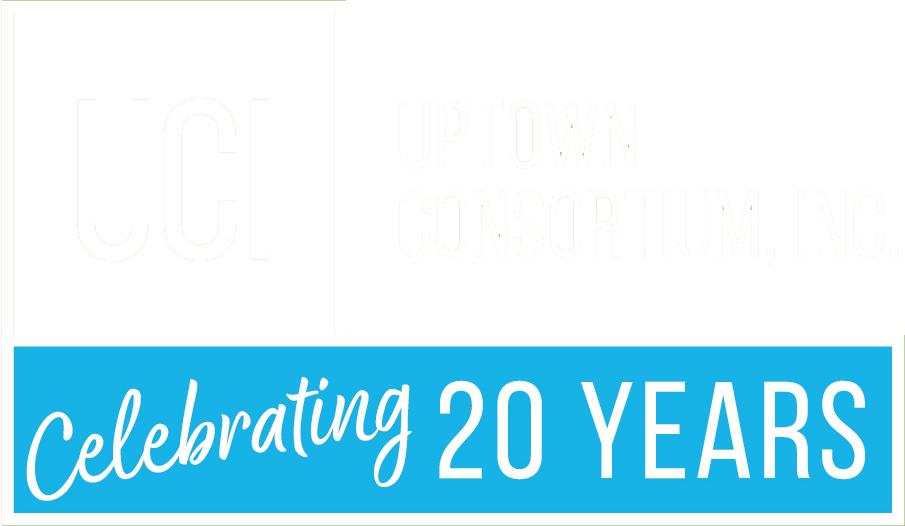Since 2012, the Uptown Consortium (UCI) has led an intense planning and community engagement effort to establish a framework for the Uptown Innovation Corridor, a rare, urban development opportunity in Uptown Cincinnati. Anchored by the University of Cincinnati, UC Health, Cincinnati Children’s Hospital Medical Center, the Cincinnati Zoo and Botanical Garden and TriHealth, Uptown Cincinnati is the region’s center of research and innovation making it the perfect place for a successful innovation district.
The Brookings Institution, a nonprofit public policy organization, has done extensive research on innovation districts all over the world. Brookings documented 12 principles to developing successful innovation districts. To date, UCI has successfully implemented the entire assessment into its planning and implementation processes for the Uptown Innovation Corridor. This is the second of a three-part series detailing UCI’s efforts to implement the 12 principles. The first part of the series can be found here.
5. Innovation districts need a range of strategies and investments—large and small moves, long-term and immediate.
The Uptown Innovation Corridor has had several announcements for large-scale investment in the area:
• $80 million MLK interchange
• $38 million UC 1819 Innovation Hub
• $250 million MLK Investors I northeast quadrant development
• $200 million Uptown Gateway project Terrex Development and Construction and Messer Construction
• $110 million NIOSH facility
The Corridor’s smaller strategies include increasing area programming and community development. Programming will include biking infrastructure, public art, parks and intentional places for collaboration. Community development projects include fostering minority- and women-owned businesses, ensuring safe streets, investing in housing stock and infill housing, and planning community events to engage residents.
No matter the size of the investment, all efforts by UCI will generate crucial momentum for the Corridor.
6. Programming is paramount.
Supplying tenants with a wide range of activities and places to collaborate and build networks is the “connective tissue of a district.” Creating intentional places for collaboration in the Corridor’s green spaces will encourage community and collaboration.
7. Social interaction between workers—essential to collaboration, learning and inspiration—occur in concentrated “hot spots.”
In addition to the physical programming spaces, the Corridor will have iProgramming events regularly to drive collaboration and networking among tenants.
8. Make innovation visible and public.
The innovation district’s public and private spaces can help inspire curiosity among innovators.
All buildings in the Corridor will be designed with a focus on excellence and an understanding of the innovation economy’s needs. To do this, UCI, with an architectural review board, will establish design guidelines and evaluate all design plans to ensure that all spaces enhance collaboration through flexibility and inherent seamlessness. Innovation will also be visible through the Corridor’s public art pieces to inspire curiosity and community.
Visit the Brookings Institution for more information on the 12 principles to a successful innovation district.

